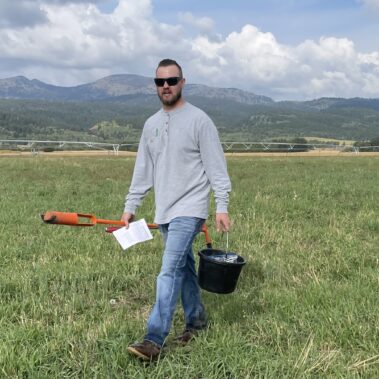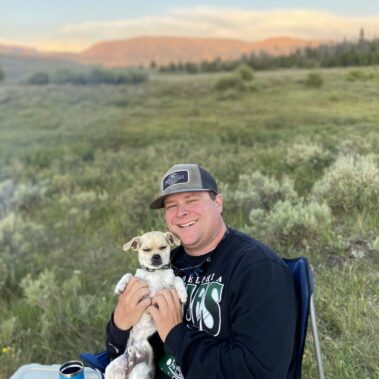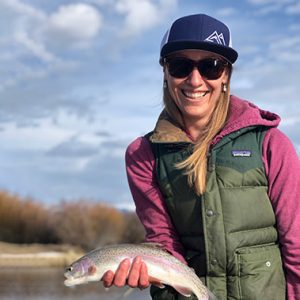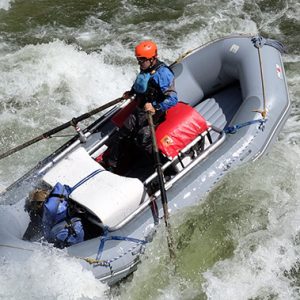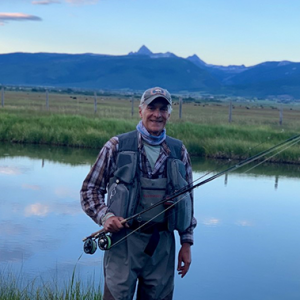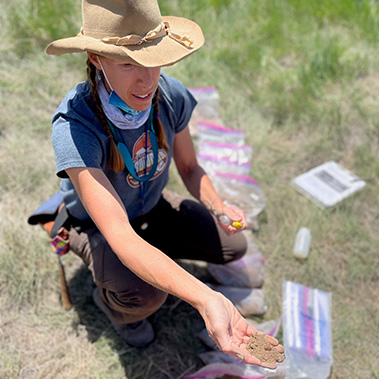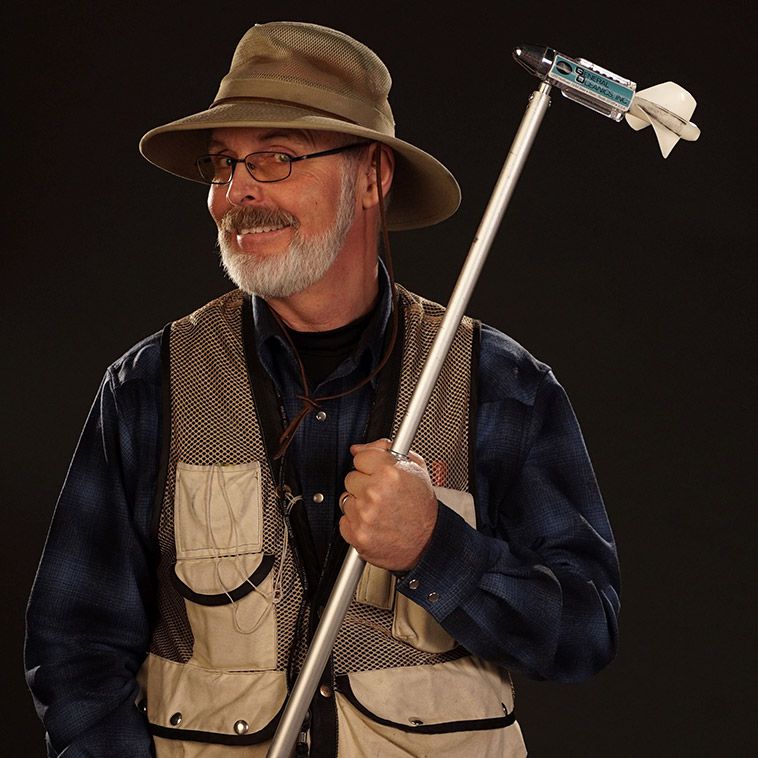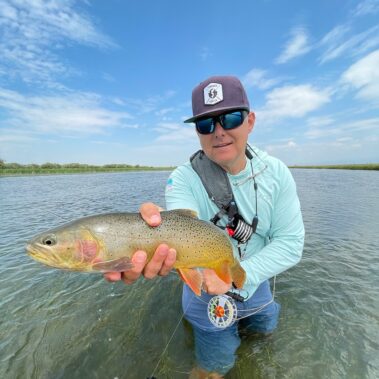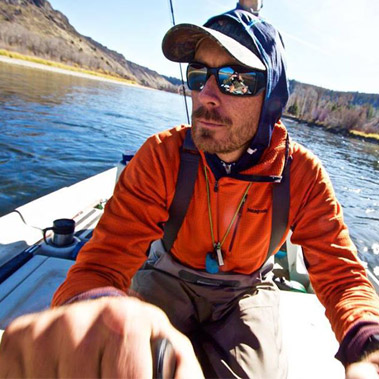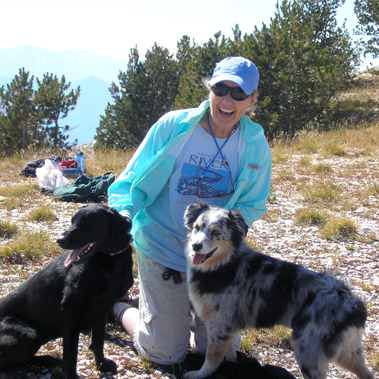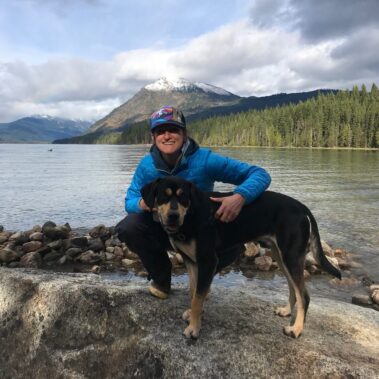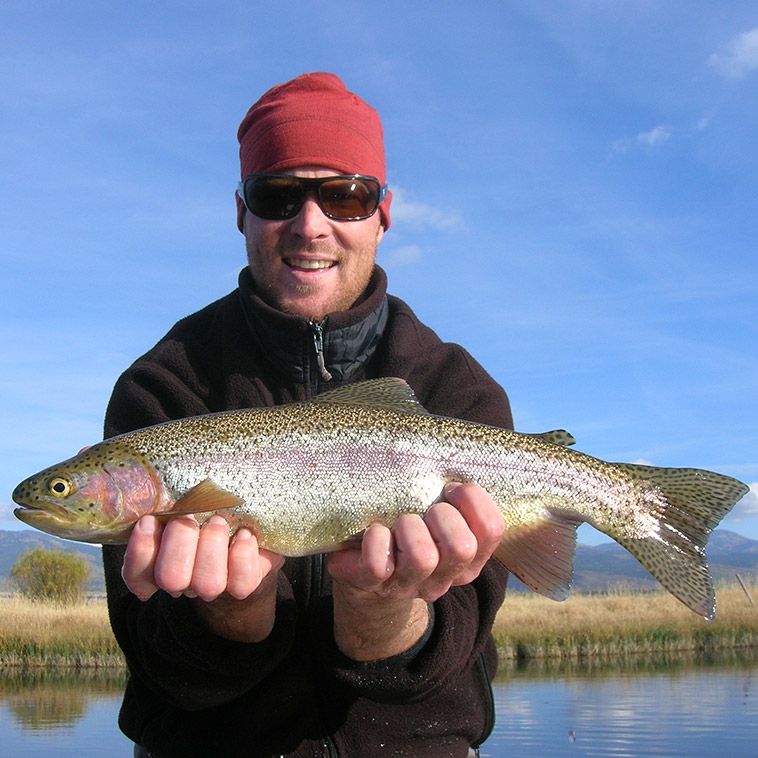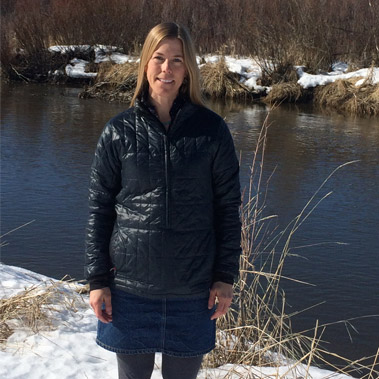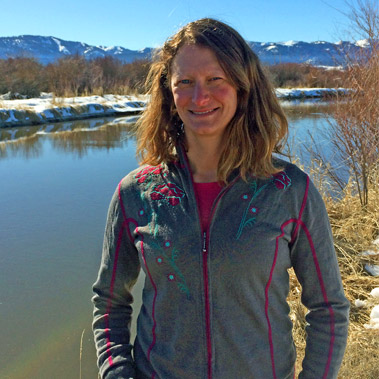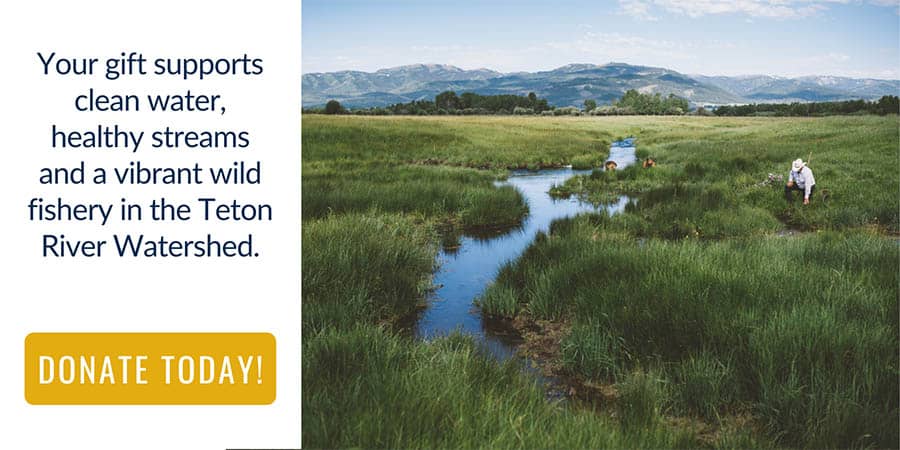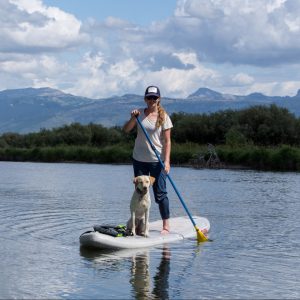High Stream Temperatures, Impacts to Trout and Anglers

Teton River Recreation Update
July 19, 2021Electrofishing survey on Teton River September 2021
September 3, 2021During the Summer of 2021, abnormally warm weather and low streamflow have resulted in high water temperatures in local rivers and streams. Warm water can be especially stressful for trout, which have evolved to thrive in the historically cold, clear waterways of the Greater Yellowstone region. Many concerned citizens, anglers, and recreationalists have contacted Friends of the Teton River(FTR) to ask about fisheries management in response to these conditions. Below you can find some more information on warm water and its impacts on trout, science and strategy from Idaho Department of Fish and Game, and actions you can take to reduce your impact on fish.
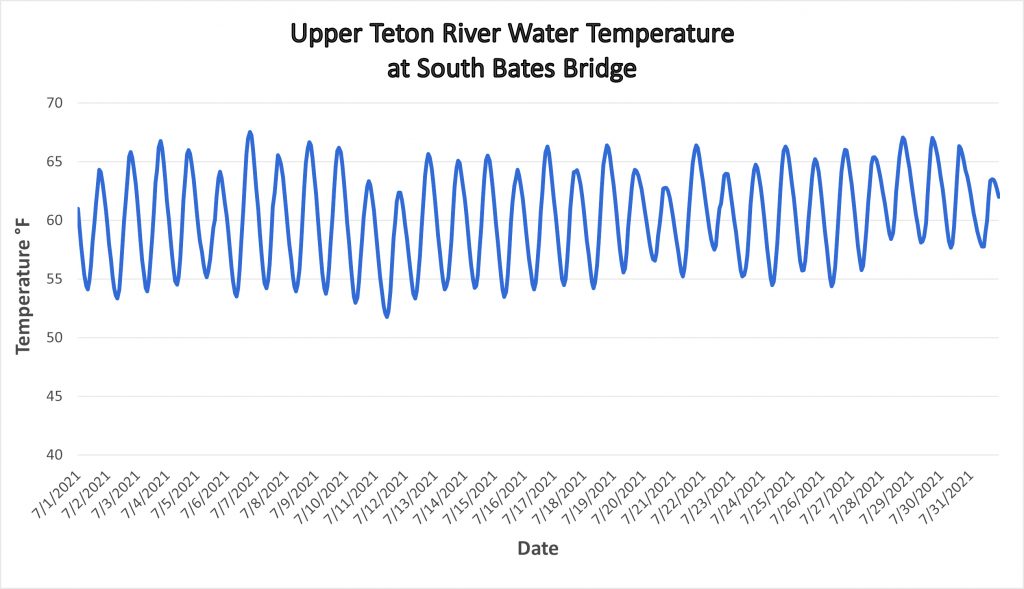
Data from one of FTR’s temperature sensors shows daily temperature in the Teton River at South Bates Bridge. Notice that the temperature fluctuates each day, with high temps in the 60’s during the afternoon and low temps in the 50’s each night.
How does warm water temperature affect trout?
Trout are ectotherms, or cold-blooded animals. Their body temperature fluctuates based on the temperature of their environment. The temperature of their environment affects their metabolism and biological function.
Trout “breathe” oxygen from the water surrounding them. Trout get dissolved oxygen from the water as the water flows through the fish’s gills. The amount of dissolved oxygen in water is related to temperature, with warm water holding less dissolved oxygen than cold water.
As the water warms up, the dissolved oxygen decreases, and eventually these conditions become stressful for cold water fish. Being caught by an angler, fighting, and possibly being held out of the water adds to the stress. Fishing-related Mortality may result from catch and release fishing during warm water conditions.
Idaho Department Fish and Game (IDFG)
We asked Brett High, Regional Fisheries Manager, at IDFG how the state fisheries managers are approaching warm water conditions this summer:
“Many people across the state are anxious about water temperatures and how they affect fish this year. IDFG also is concerned about effects this summer will have on fish, and we are committed to monitoring key populations such as the Teton River and will instill fishing restrictions if needed. However, we don’t want to prematurely restrict fishing opportunity unless those restrictions would be preventing adverse impacts to our fishery at the population level.
Wild trout populations annually experience high levels of annual mortality (30-60%). Fishing-related mortality associated with catch-and-release angling can increase with water temperatures in the 70 F range like we’re currently seeing. However, multiple studies have indicated that the increase in mortality associated with fishing in warmer temperatures is minor, and doesn’t rise to a level that becomes insurmountable to the population. Compensatory means kicks in and with high normal natural mortality rates that wild trout populations experience, they are very adept at making up for a little added summer mortality. Also, studies indicate that both angling pressure and catch rates decline when water temperatures get warm, meaning that potential adverse impacts from fishing during warm water conditions is kind of self-limiting.
Wild trout populations are remarkably resilient and have evolved some behavioral mechanisms to deal with warm water. These include migrating to tributaries with cooler water temperatures, becoming less active, and seeking out cool-water spring inputs. Teton valley has a lot of cool springs and hyprorheic inputs. Even small inputs can be great thermal refugia.
Additionally, studies have shown that trout can withstand water temperatures well above 70 F as long as they have cooler temperatures at night to recover in. This is typically the case with the Teton River and other waters in our area. We will continue to monitor conditions in the Teton and other waters, but we don’t anticipate the need to ask anglers to alter their behavior or limit their opportunities at this time. That may change in the future if daily minimum water temperatures start to exceed 70 F.”
IDFG press release on high water temps:
Summer heat will cause some trout mortality, but halting fishing won’t improve the situation
What can you do?
?️Keep a water temperature thermometer in your fishing vest, and get in the habit of using it. If the water temp is 67 degrees F or more, you may want to stop fishing. At this point, conditions are becoming stressful and trout are less active while they deal with the warm conditions. You may also choose to move higher in the drainage to cooler waters.
⏱️Limit your fight time. Using heavier tackle (like stronger tippet) will allow you to land a fish quickly and without overplaying the fish.
?Keep the fish wet. Keeping the fish in or very near the water will reduce the amount of time they are without oxygen to breathe and reduce the chance that they are dropped on the bank or deck of your boat.
?Use barbless hooks and rubber nets. Both will reduce harm and make it easy and efficient to release the fish once landed. Rubber nets are less abusive to the fish’s skin, fins, and gills.
?If you choose to photograph the fish, do it quickly and keep the fish in the water if possible.
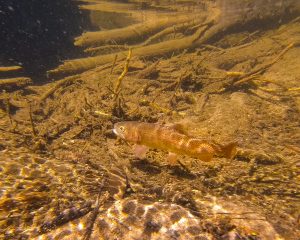

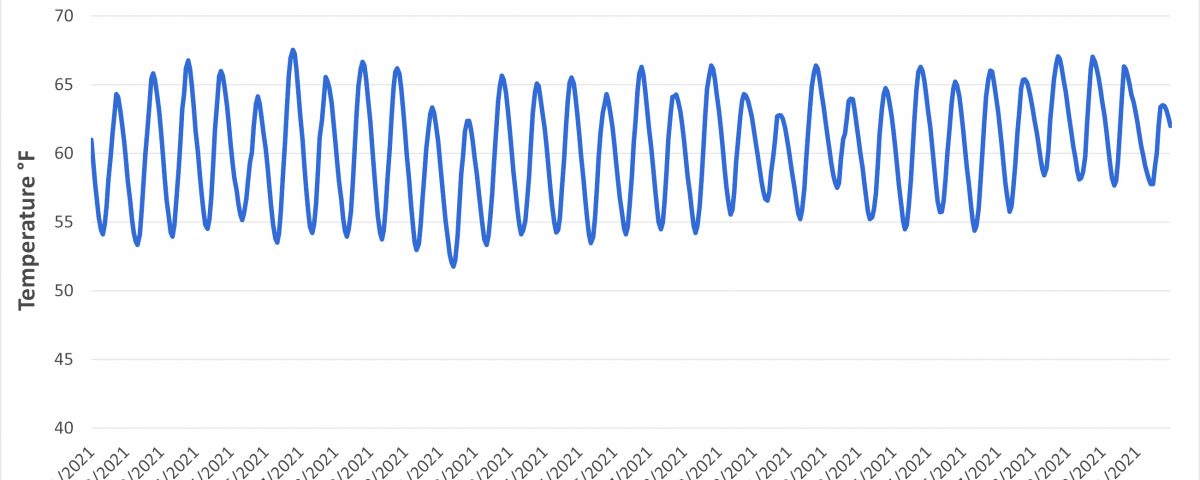
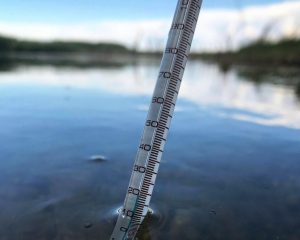
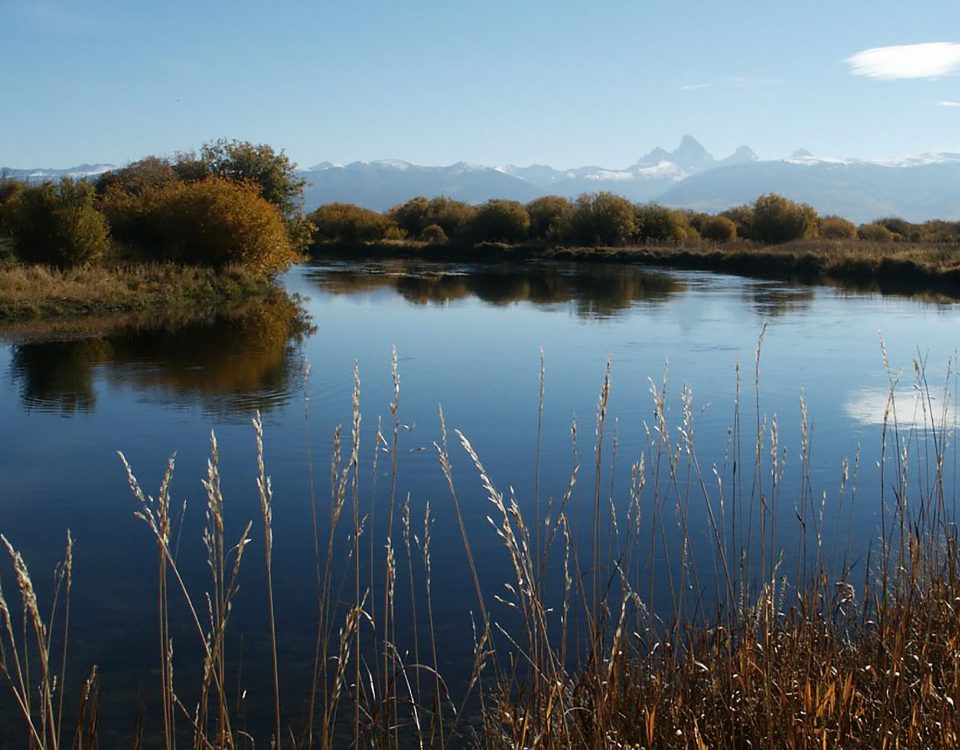
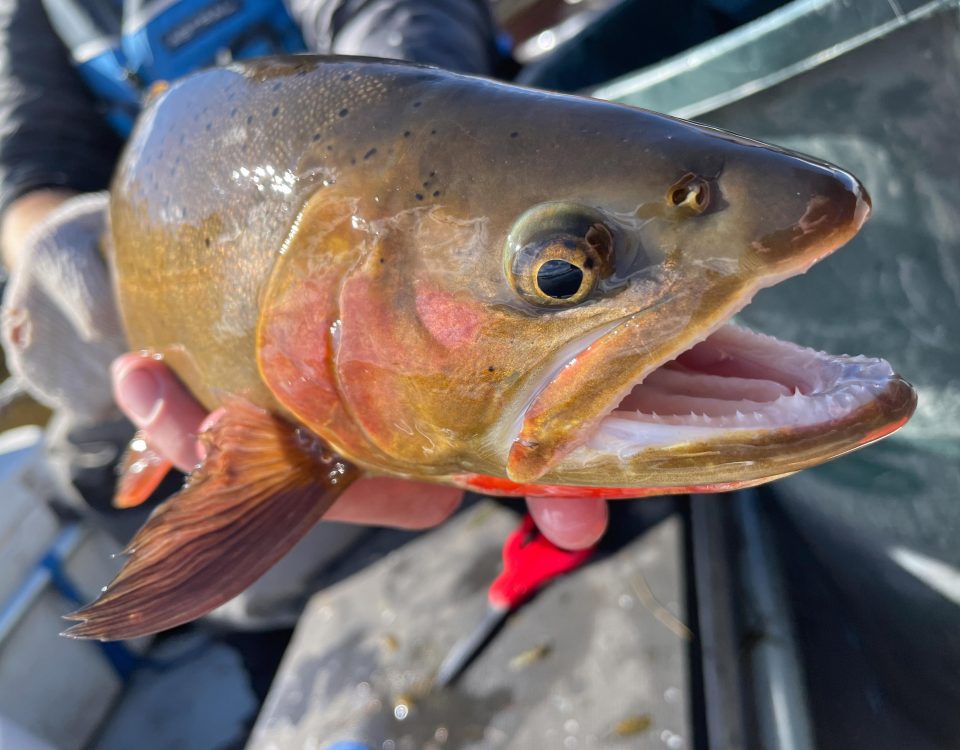
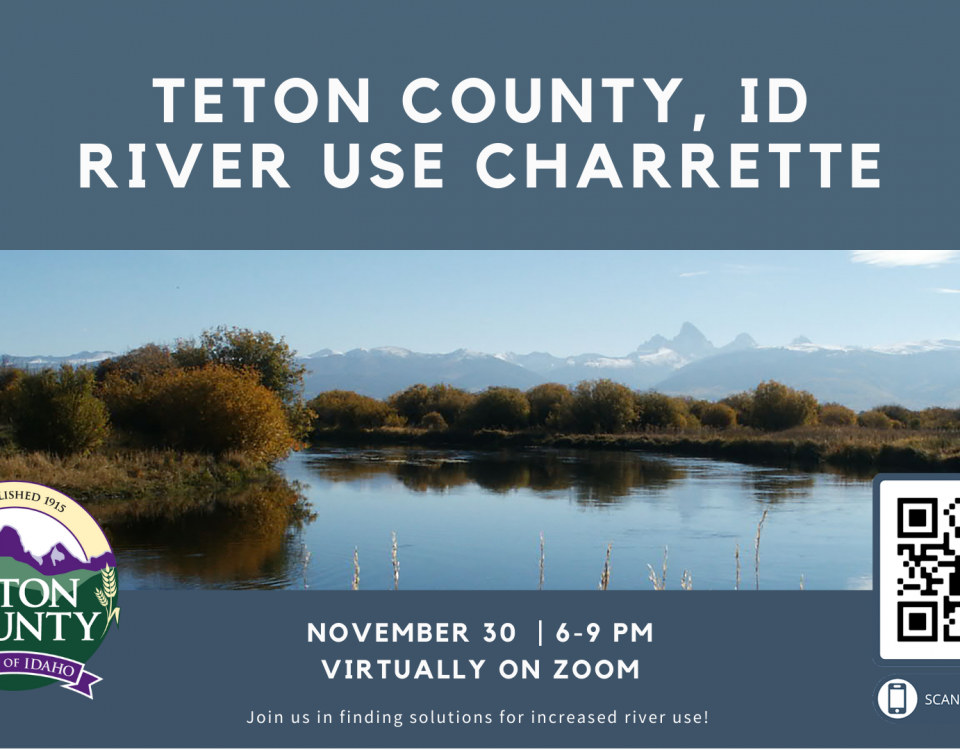
 McKenzie is the Program and Development Associate. She supports the Grants Director, Philanthropy Director, outreach efforts and program staff in the field. She aims to assist staff in meeting goals and producing high quality work in service of the Teton River Watershed. She is originally from Santa Barbara, California and grew up visiting her grandparents in Teton Valley. Her passion for the great outdoors and conservation grew when she studied Ecology and Evolutionary Biology at the University of Colorado Boulder, and she is excited to continue learning from this organization.
McKenzie is the Program and Development Associate. She supports the Grants Director, Philanthropy Director, outreach efforts and program staff in the field. She aims to assist staff in meeting goals and producing high quality work in service of the Teton River Watershed. She is originally from Santa Barbara, California and grew up visiting her grandparents in Teton Valley. Her passion for the great outdoors and conservation grew when she studied Ecology and Evolutionary Biology at the University of Colorado Boulder, and she is excited to continue learning from this organization.
